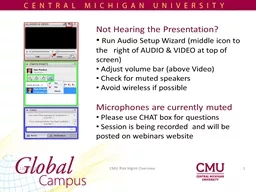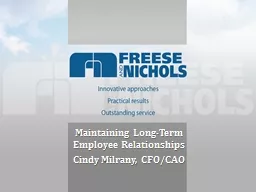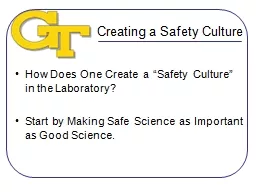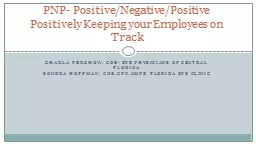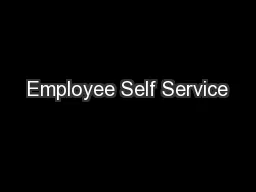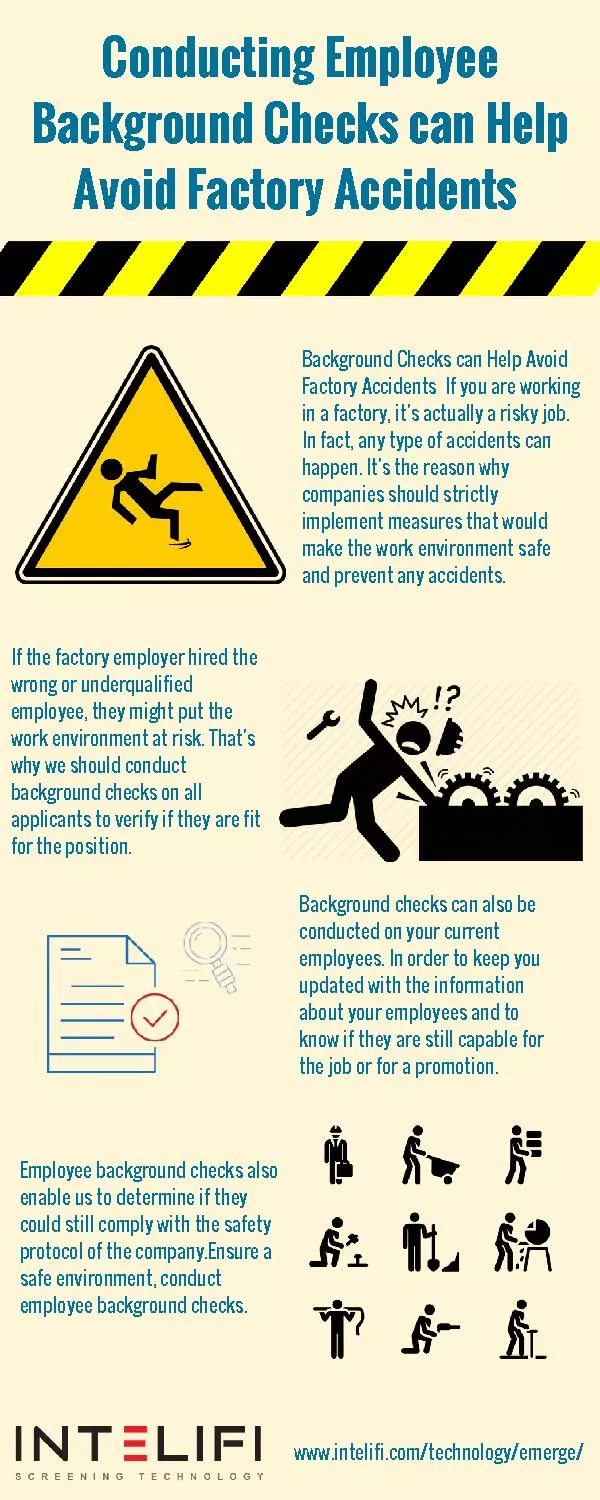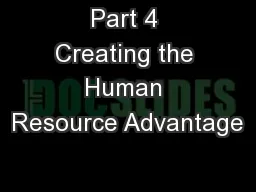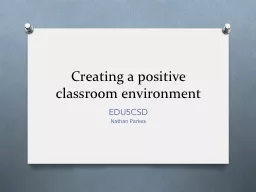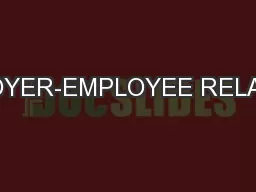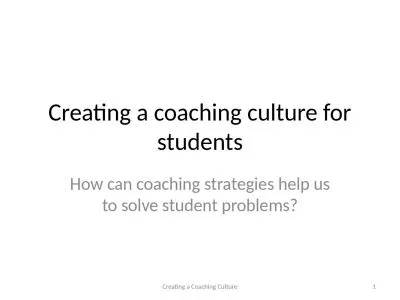PPT-Creating a Positive Employee Culture
Author : escapistlego | Published Date : 2020-06-19
January 2016 Dave Currie 20 years of HR experience with diversity of companies including AlliedSignal Honeywell Hayes Lemmerz Dow Corning and Dana Limited Generally
Presentation Embed Code
Download Presentation
Download Presentation The PPT/PDF document "Creating a Positive Employee Culture" is the property of its rightful owner. Permission is granted to download and print the materials on this website for personal, non-commercial use only, and to display it on your personal computer provided you do not modify the materials and that you retain all copyright notices contained in the materials. By downloading content from our website, you accept the terms of this agreement.
Creating a Positive Employee Culture: Transcript
Download Rules Of Document
"Creating a Positive Employee Culture"The content belongs to its owner. You may download and print it for personal use, without modification, and keep all copyright notices. By downloading, you agree to these terms.
Related Documents

